Exotropia can be classified into different subsets Speaking with your ophthalmologist and undergoing an eye exam can help determine which type of exotropia you or your child has Sensory Exotropia If a person has sensory exotropia, the eye may suffer from poor vision or blindness It will also turn outwardExotropia can be constant or intermittent, severe or mild If left untreated, exotropia can worsen, and it is more difficult to treat in adults An optometrist may advise children with exotropia to wear glasses to correct their vision Exotropia can be difficult to detect, since it is not visible when a child is looking at a nearby object6(1)6473 Keywords Basic Intermittent Exotropia, Orthoptics, Strabismus, VPattern Exotropia, Vision Therapy Vision Therapy's Role in Basic Intermittent Exotropia A Case Report Katharine Funari, OD, FAAO Instructor of Ophthalmology at Johns Hopkins, Wilmer Eye Institute, Bethesda

0 Academia Photos Com Attachment Thumbnails 450
Alternating exotropia vision therapy
Alternating exotropia vision therapy-Exotropia is a type of squint or strabismus or eye misalignment In exotropia, the eye deviates away from the nose It usually appears in older children and gradually worsens Sometimes children are born with this type of squint In the first picture, the right eye is deviating outwards whereas in the second picture it's the left eye Exophoria and exotropia are closely related However, they aren't the same condition Exophoria is when one eye drifts outward during uneven visual



Page 6
Intermittent exotropia is the most common form of strabismus, characterized by an intermittent outward deviation of the eyes, affecting as much as 1% of the population 1,2 This condition most often presents in childhood and affects females more than males Control of the intermittent deviation can vary throughout the day 3,4These visual skills include but are not limited to sensory fusion, motor fusion (eg, improving fusional vergence), proprioceptive awareness, accommodation and saccades according to different schools of thought 24–27 There is a number of studies supporting the effectiveness of vision therapy for intermittent exotropia, but none of them used validated methods to assess the With vision therapy, the underlying cause of exotropia can be treated to improve the eyebrain connection and retrain the patient's visual skills needed for binocular vision If you suspect that your child or loved one is suffering from exotropia , contact Vision For Life as soon as possible so that he/she can be properly diagnosed and begin to receive a personalized vision
Congenital exotropia Also known as infantile exotropia People with this condition have an outward turning of the eye or eyes from birth or early childhood Sensory exotropia – Poor vision in the eye causes it to turn outward and not work in tandem with the straight eye This type of exotropia can occur at any ageExotropia Exotropia, commonly called wandering eye or walleye, is the visual condition in which a person uses only one eye to look at an object while the other eye turns outward Exotropia is one of several types of strabismus, a condition resulting in eye turns or deviating eyes This condition usually does not involve faulty or damaged eyeIntermittent Alternating Exotropia A sensorimotor anomaly of the binocular vision system in which the foveal line of sight of either eye occasionally deviates outward and fails to intersect the object of fixation The signs and symptoms with intermittent alternating exotropia may include, but are not limited to, the following
A 'exo' A pattern exotropia/exophoria bd/bid Twice daily (bis die/bis in die) Bag gls Bagolini glasses BD Basedown prism BE Both eyes BEO Both eyes open BF Binocular function BHHT Bielschowsky head tilt test BI Basein prism BO Baseout prism BO# Blowout fracture BSV Binocular single vision BTXA/BT Botulinum toxin A BVA Binocular visualDr Julie goes over the various types of extropia, which is a form of strabismus, what it looks like, the problems it can cause, and the various forms of treExotropia is a type of strabismus (eye misalignment), where one eye turns, or deviates, outward (away from the nose) The deviation may be constant or intermittent, and the deviating eye may always be one eye or may alternate between the two eyes The deviation or eye turn may occur while fixating (looking at) distant objects, near objects, or both




Exotropia Outward Deviation Of The Eye Prosper Family Eyecare And Vision Development Center
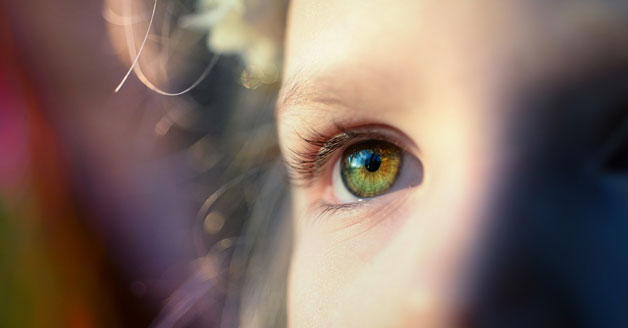



What Is Exotropia Bard Optical
Vision therapy is often and effectively used for strabismus (commonly called esotropia or exotropia) If you have eyes that do not properly work together, you may have had eye surgery Unfortunately for many, eye surgery is not always effective in treating strabismusI am a 29f with intermittent exotropia I was first diagnosed at age 3 with an inward eye turn and double vision I had two surgeries and my eye was corrected!Intermittent Exotropia as a Symptom of Another Common Vision Disorder When the outward turn of one eye occurs only at near (when the person is looking at close objects), then the intermittent exotropia can be a symptom or result of another common binocular (twoeyed) vision problem called convergence insufficiency




Intermittent Exoptropia Filed Under Test Vision Intermittent Exotropia




Management Of Intermittent Exotropia Of The Divergence Excess Type A Teaching Case Report The Journal Of Optometric Education
Management of a Spectrum of Exotropia Patient with Vision Therapy – with Dr Erin Jenewein Take This Course The Optometric Extension Program Foundation is an international organization* dedicated to the advancement of the discipline of optometry through the gathering and dissemination of information on vision and the visual processIntermittent exotropia An intermittent exotropia is when one eye remains fixated on a target while the other eye drifts outward some of the time As you can assume from the name, this deviation is not constant The frequency at which an intermittent exotropia can deviate can vary, making it difficult to catch in a vision screening in some casesEsotropia is a strabismus condition where the eye turns inward (toward the nose) This condition may be evident intermittently (not all the time) or constantly The deviation, or eye turn, may occur while fixating (looking at) distance objects, near objects, or
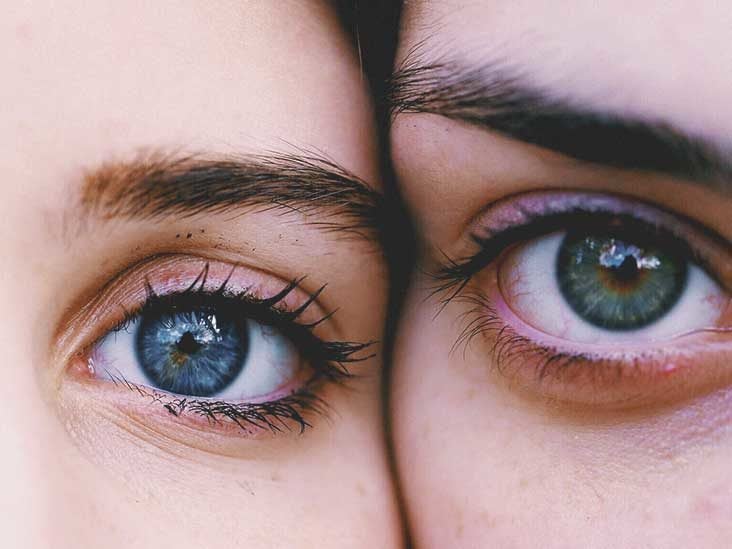



Exophoria Definition Treatment And How It Compares To Exotropia



1
Patients who received officebased vision therapy for intermittent exotropia in a private optometric clinic were reviewed Patients with intermittent exotropia treated with and without strabismusExotropia in an eye with poor vision is called sensory exotropia In this case, the eye with reduced vision is unable to work together with the other eye, and therefore, the poorly seeing eye may have a tendency to drift outward Sensory exotropia may occur at any age If the visual problem is treatable, it should be addressed as soon as possible Exodeviations , Exotropia 1 By Jenil Sisira Gopika 2 Exo – visual axis is deviated laterally and fovea rotated nasally Exodeviations = divergent strabismus latent manifest (controlled by fusion) intermittent or constant unilateral or alternating 3




All About Strabismus Eye Center Of Northern Colorado Eye Center Of Northern Colorado




Capella Eyecare Exotropia Strabismus Is A Condition In Which One Eye Is Looking Straight And The Other Eye Is Turned Inward Outward Upward Downward As You Can See From This Photo
In all patients, visual acuity was needed to be correctable to /25 or better in each eye Patients with intermittent exotropia treated with and without strabismus surgery were both included Intermittent exotropia was defined as having a ≥ Grade 1 control score for either the distance or near Office Control Score Sensory exotropia Poor vision in the eye causes it to turn outward and not work in tandem with the straight eye This type of exotropia can occur at any age Acquired exotropiaPoor vision can wander How is exotropia treated?
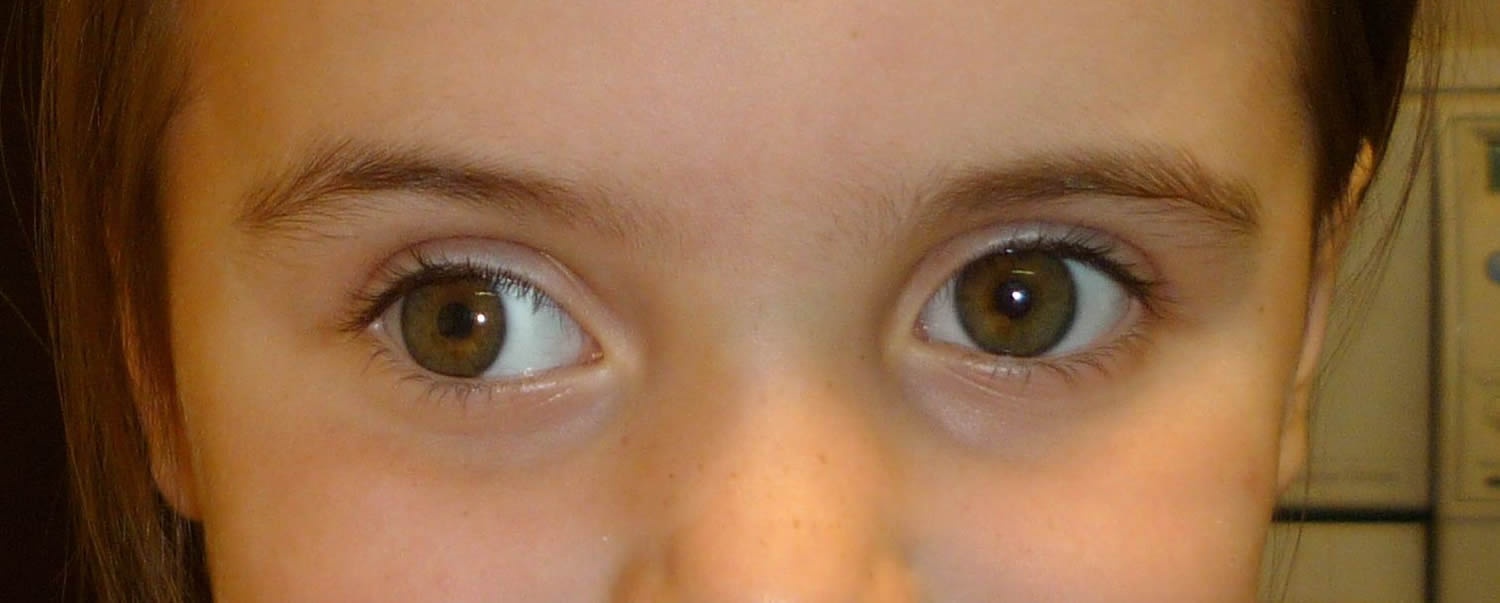



Strabismus Optometrist Optical Shop



Page 6
About 50% of all intermittent exotropia falls into this category1,2,3 In recent years, there has been abundant literature supporting the fact that adult strabismus surgery improves cosmesis and binocular function4,5,6,7 Optometric literature has shown the efficacy of vision therapy for exotropia, even in those with anomalous correspondence and suppressionExotropia A Case Report Vision Dev & Rehab ;4 Strabismus Esotropia and Exotropia Proper alignment of the visual axes of the eyes is necessary for normal binocular vision and highlevel stereopsis The tendency for the eyes to deviate from each other can be classified as "latent" when the eyes are
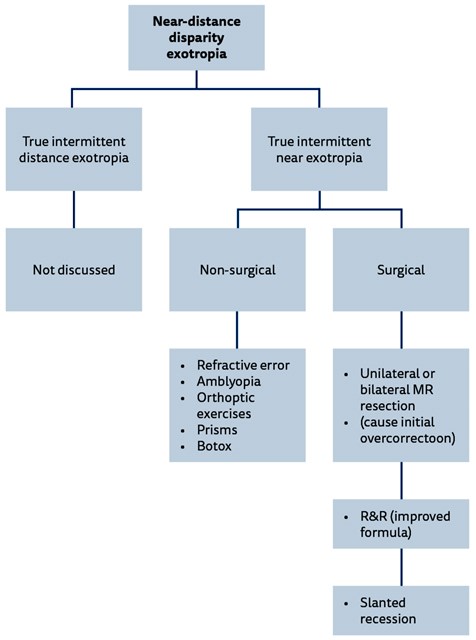



Management Of Squint With Near Distance Angle Disparity Eye News
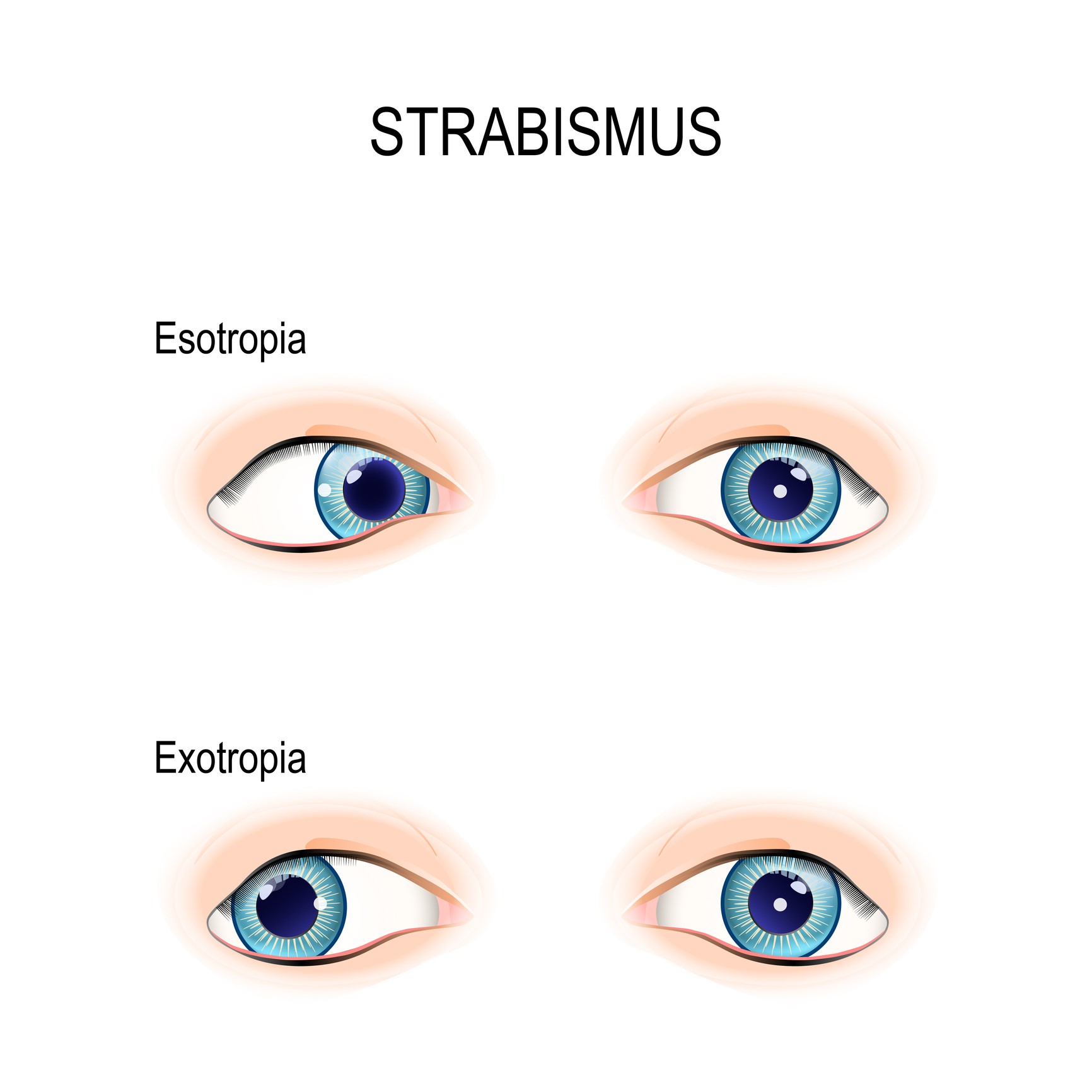



What Is Strabismus The Optometry Center For Vision Therapy
Intermittent exotropia is the most common type of strabismus It is defined as a nonconstant exodeviation that manifests predominantly at distance fixation and may progress over a variable period to near fixation This entity is also named distance exotropia, divergent squint, periodic exotropia, or exotropia of inattention Small exophorias are common in newborns and can beIntermittent Exotropia/ Vision Therapy Hi all! INTERMITTENT EXOTROPIA A Major Review Rahul Bhola, MD Exodeviations or divergent squint occurs as a result of certain obstacles to development or maintenance of binocular vision and/ or due to defective action of the medial rectus muscles




A Nail In The Coffin Of Over Minus Lens Treatment For Intermittent Exotropia The Visionhelp Blog




What Is Intermittent Strabismus Optometrists Org
7 Her unaided visual acuity was /15 OD and OS at distance and near Cover test revealed a 25 intermiAent alternang exotropia at distance and near with an IntermiAent Exotropia Control Scale of 3 Global stereopsis tes*ng confirmed she was bifoveal Her posi*ve fusional vergence ranges were reduced at near, with a receded near point ofSensory exotropia happens when there is vision loss or blindness in one eye The vision problem hurts one eye's ability to work with the other eye Sensory exotropia can affect people at any age Consecutive exotropia Consecutive exotropia can develop after surgery that was performed to correct misaligned eyesVisit https//wwwhollywoodvisioncom/ for more great vision therapy information




What Is Exotropia Vision Express




What About The Exophores Myopia Profile Binocular Vision Myopia Control
Vision therapy for exotropia Our doctors thoroughly evaluate exotrpia and provide treatment options, including nonsurgical vision therapy or a referral to a surgeon if it is warranted Exotropia is the easiest type of strabismus to treat with vision therapy, saving the patient from the risks and uncertainties associated with strabismus surgery and the liklihood of repeat surgeries Exophoria is a condition that is only present in some scenarios, while exotropia is constant Both conditions involve one eye drifting outward, away from the nose, and both are often present in childhood Tropias are members of the strabismus family, and because they are constantly present, they may cause more problems for vision than phoriasBackground A homonymous hemianopia can be compensated for by an exotropia in the direction of the visual field defect Case reports (and literature review) Two young males with visual field defects and exotropia are reported Both refused surgery when they were advised of the risk of reduction of their binocular visual field with the alignment of their eyes




Four Circles Vision Therapy Vision Therapy Success Story Daisy Was Diagnosed With Exotropia A Variation Of Strabismus Which A Eye Turns Out When Attempting To Look Straight Ahead Through Her Program




Double Take On Double Vision
In middle school, my eye started to drift outwards , mostly happening whenever I was very sick or tired Vision therapy (VT) is a commonly prescribed treatment for children with intermittent exotropia (IXT) The effectiveness of VT as a treatment modality for children with IXT is unknown because previous studies have largely limited observational or retrospective case series without comparison groupsTreatment for exotropia depends on how often you have symptoms and on how severe they are Prism in your glasses may be prescribed to help with double vision Eye muscle surgery is also an option, especially if your exotropia is
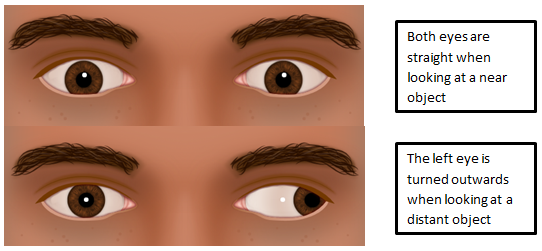



Intermittent Distance Exotropia Hull University Teaching Hospitals Nhs Trust




Types Of Strabismus Vector Illustration Medical Knowledge Eye Exercises Medical Student Motivation
Exotropia or outward eye deviation is a form of squint Proper evaluation and timely intervention is necessary to prevent permanent forms of visual dysfunction Constant exotropia This occurs when the eye turn is present all of the time, at all distances This type of strabismus occurs less frequently than the intermittent type Treatment for this condition should be prescribed early in order to recover proper binocular vision Vision therapy, with or without eyeglasses, eye patching, drops, orUntreated exotropia can lead to permanent vision loss in the form of amblyopia or damage to the eye muscles Intermittent exotropia may progress to constant exotropia If surgery is performed, possible complications can include bleeding, surgical wound infections, swelling of the eyelid, and repeat surgeries for recurring exotropia
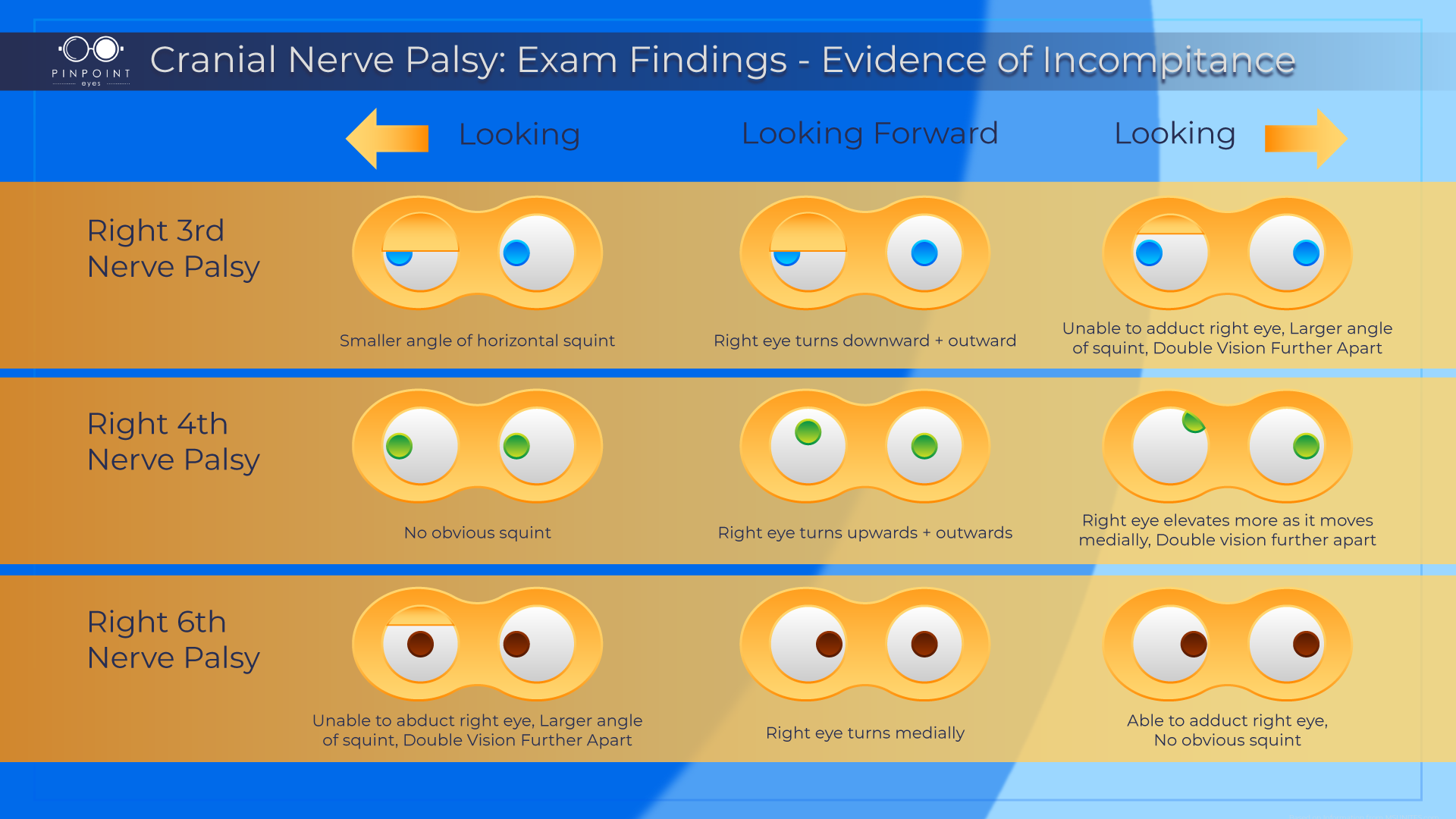



Causes For Strabismus Cranial Nerve Palsy Pinpointeyes



Squint Treatment By Squint Specialist London Uk
9 Wick B Visual therapy for constant exotropia with anomalous retinal correspondencea case report Am J Optom Physiol Opt 1974 Dec;51(12) 10 Coffey B, Wick B, Cotter S, et al Treatment options in intermittent exotropia a critical appraisal Optom Vis Sci 1992 May;69(5) Vision loss Untreated exotropia can give rise to blurred vision and further increase the risk of permanent loss of vision Constant Exotropia Untreated intermittent Exotropia can change into permanent Exotropia which finally results in vision loss Other complications There is possibility of complications after surgery as well Sometimes, Exotropia is not completely treatedExotropia in an eye with poor vision is called sensory exotropia In this case, the eye with minimized vision is unable to work together with the other eye, and for that reason, the improperly seeing eye might tend to wander outside Sensory exotropia may take place at any age




Strabismus North Carolina Eye Ear Nose Throat
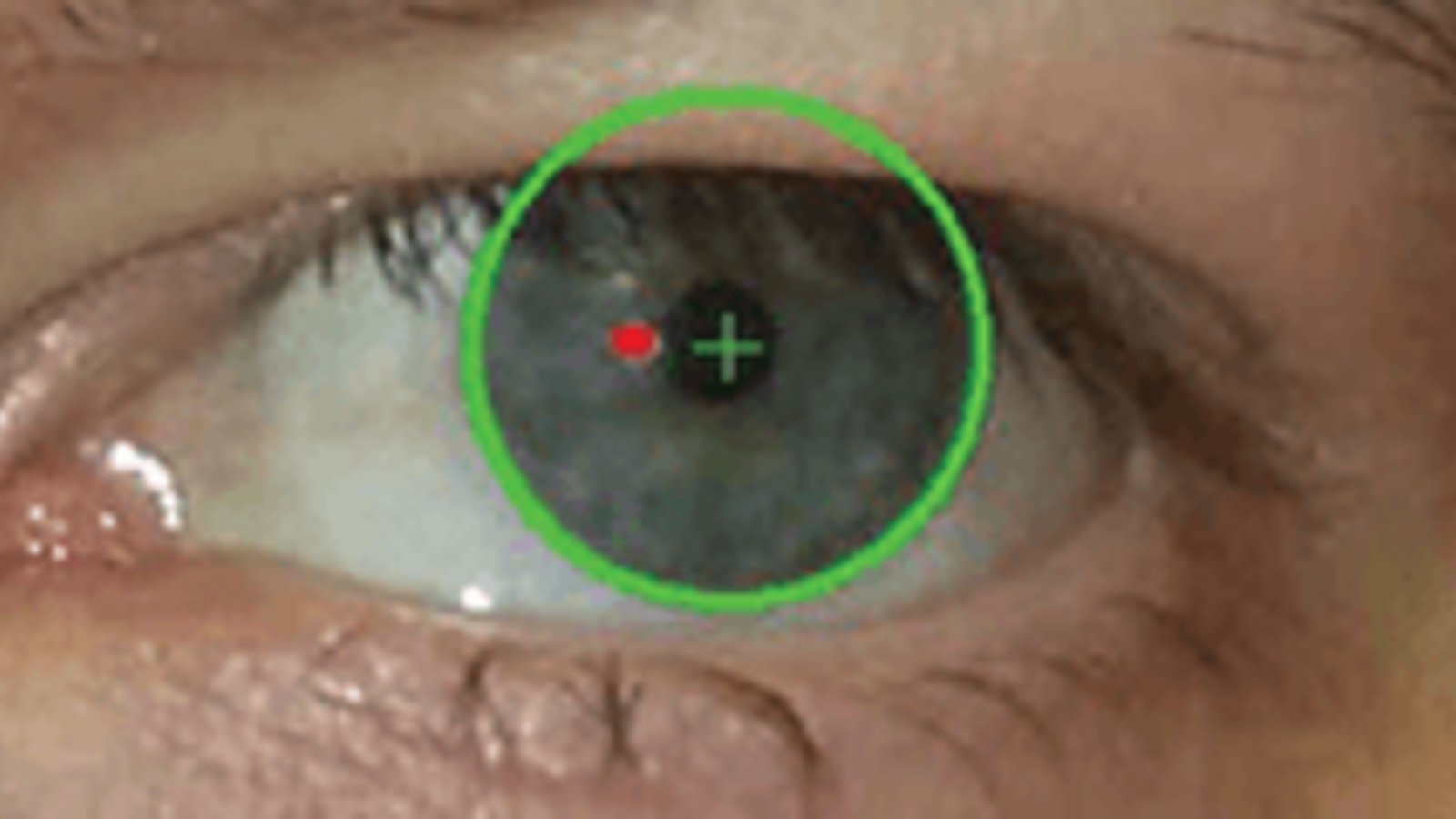



Strabismus Screening Now There S An App For That
Introduction We evaluated the effectiveness of officebased vergence/accommodative therapy with home reinforcement for intermittent exotropia in a private practice environment Methods This was a retrospective chart review study Patients who received officebased vision therapy for intermittent exotropia in a private optometric clinic were reviewed
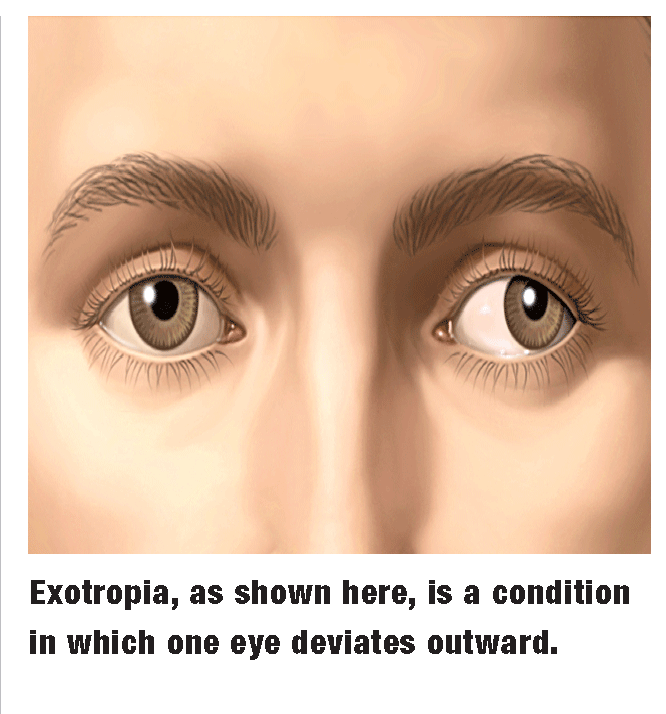



Do You See A Pattern




Management Of Intermittent Exotropia Of The Divergence Excess Type A Teaching Case Report The Journal Of Optometric Education




Exotropia Outward Eye Turn




Strabismus




Vision Therapy For Binocular Vision Disorder Grant Vision Care Ohio



1




Strabismus Girl Exotropia Pediatric Ophthalmology Pa




Divergence Insufficiency Excess Vision Therapy Paducah Kentucky




Exotropia Central Eye Care




Providers In Charlotte Who Treat Strabismus




Cornealdent Exotropia Squint Eye Eyecare In 21 Eye Care Eyes Dental
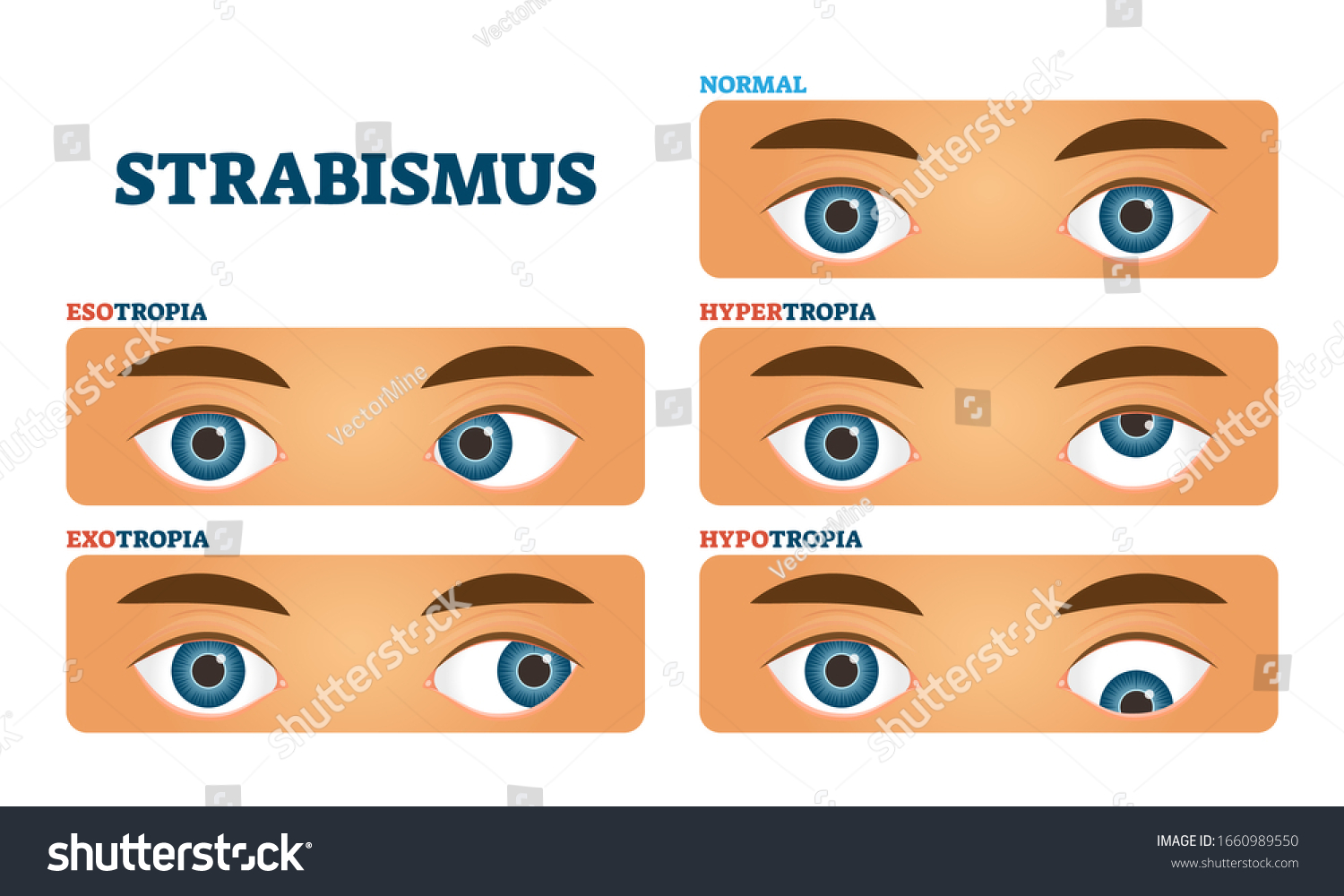



Strabismus Cross Eyed Vision Condition Vector Stock Vector Royalty Free




How To Fix Exotropia 9 Steps With Pictures Wikihow
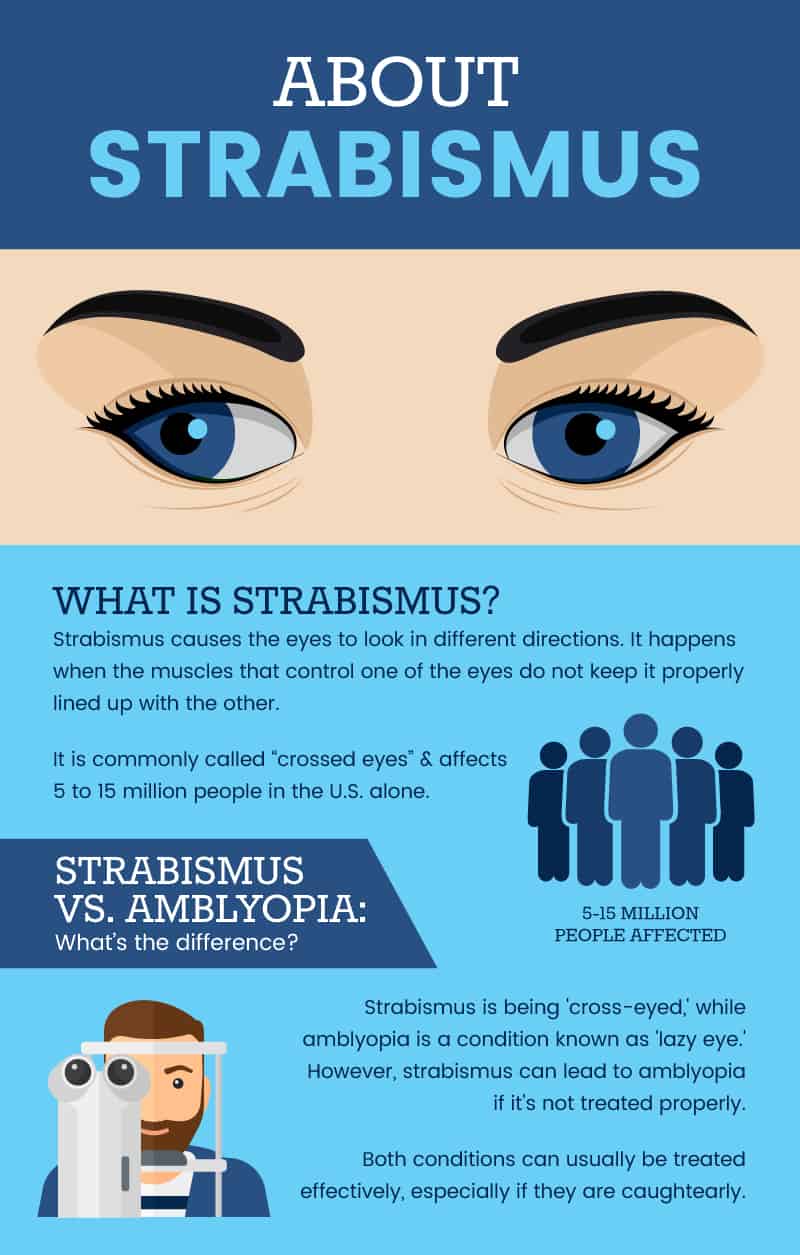



Strabismus Natural Ways To Help Resolve Crossed Eyes Dr Axe



Exodeviation



Strabismus Ananthaksha Super Speciality Eye Hospital




Exophoria




How To Treat Crossed Eyes Strabismus Vision Eye Eye Exercises Eye Health




Acuity Eye Center Nerve Supplythird Mr Ir Sr Iofourth Superior Obliquesixth Lateral Rectus Read The Full Article Strabismus Talk Lttr Ai Fapy Eyeacuity Eyehealth Eyes Vision Eyecare Strabismus Squint Exotropia Facebook




Double Vision In One Eye Causes Treatment Vision Center




Exotropia Outward Eye Turn




Pdf Optometric Vision Therapy In The Management Of Consecutive Intermittent Exotropia With Dissociated Vertical Deviation And Anomalous Correspondence A Case Study Semantic Scholar
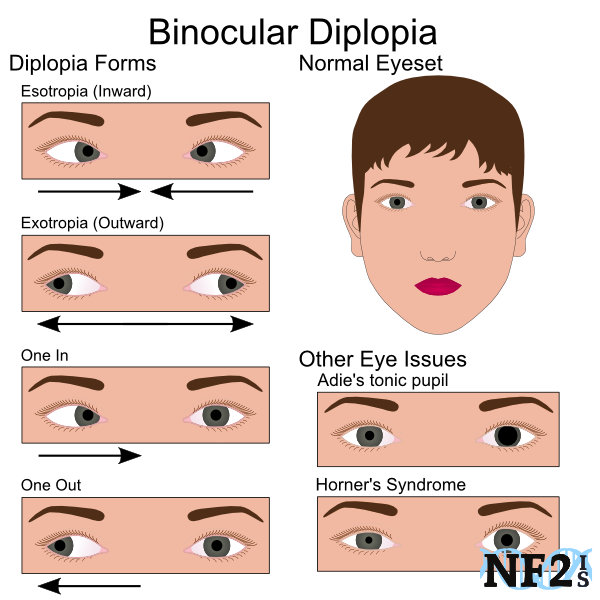



Eyes And Vision Issues




Guide To Eye Turns Optometrists Org
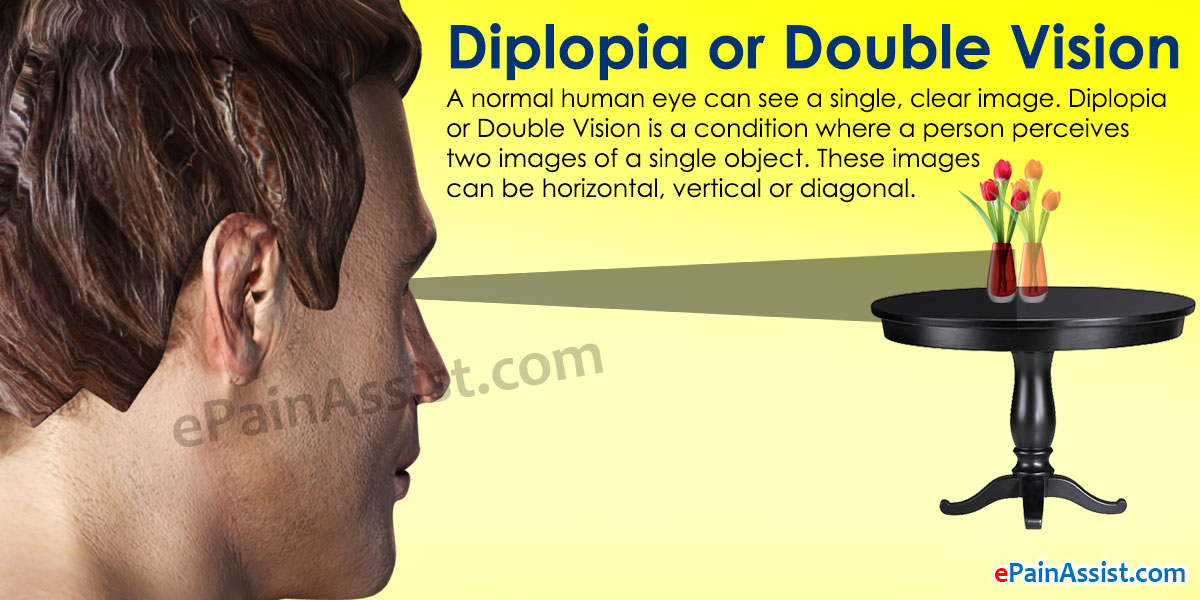



Diplopia Or Double Vision Causes Symptoms Tests Treatment




How To Fix A Lazy Eye Amblyopia Treatment In Minneapolis St Paul Mn Metro Area Correction W Vision Therapy Eye Patching Surgery For Children And Adults
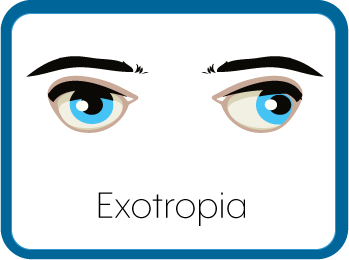



Exotropia




Strabismus Treatments Without Surgery With Exercises Vision Therapy




Exotropia Definition Categories Treatment




Pdf Outcome Of Strabismus Surgery And Vision Therapy In A Case Of Intermittent Exotropia




Vision Therapy Panorama Optometry




Outcomes Of Undercorrection In Surgical Management And Binocular Visio Opth
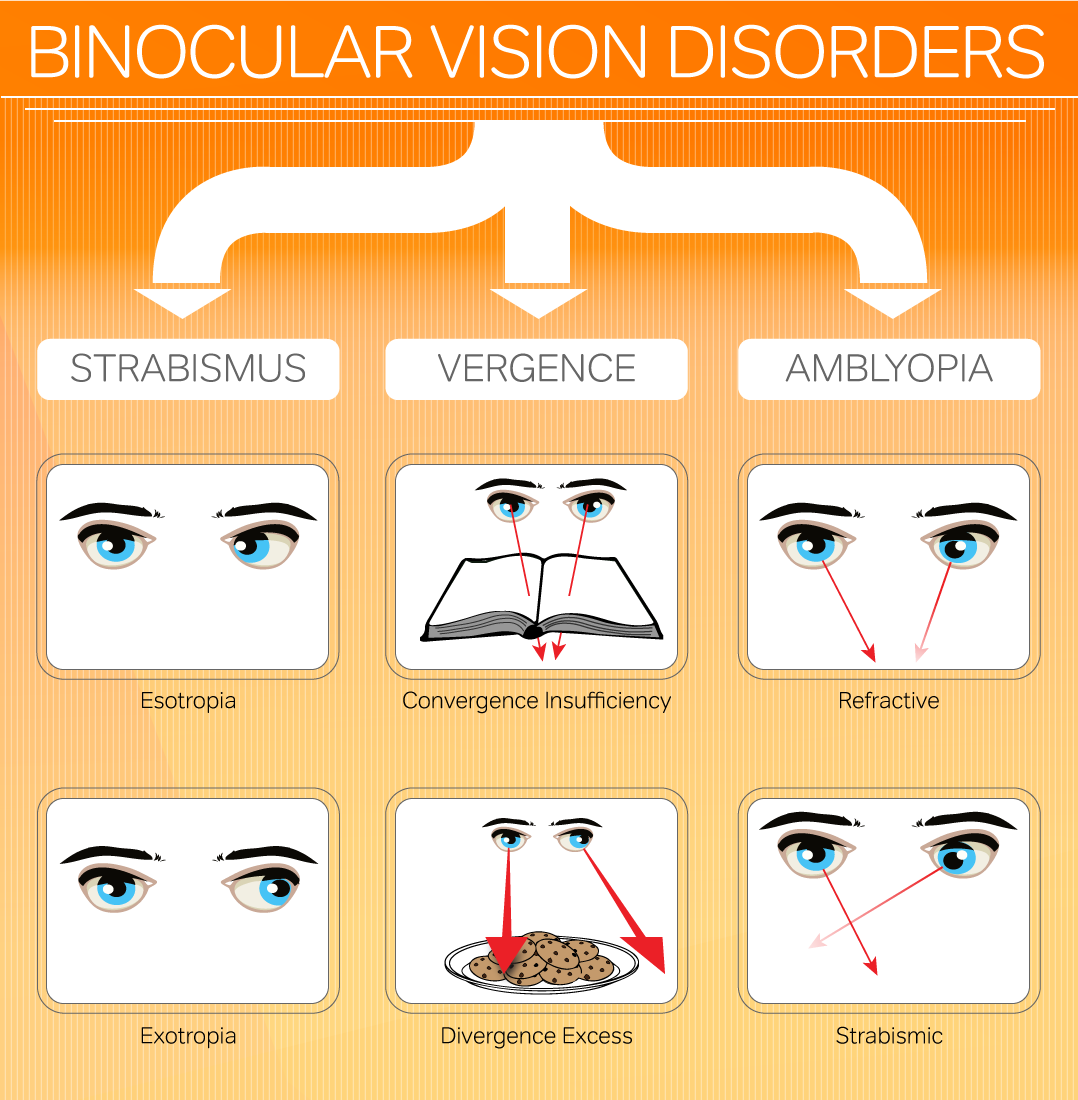



Signs And Symptoms Of Binocular Vision Problems




Vision Therapy Success Story Strabismus Exotropia Eye Turn Outward Vision Therapy Philippines




Crossed Eyes Strabismus Optometrist In Burbank Eye Care Center Limited
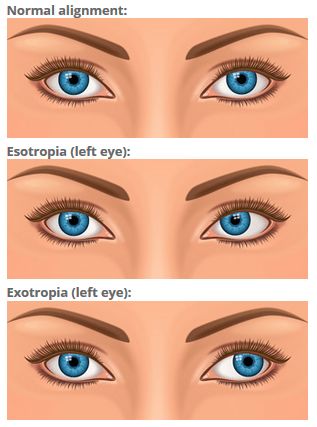



Strabismus And Crossed Eyes Explained Allaboutvision Com
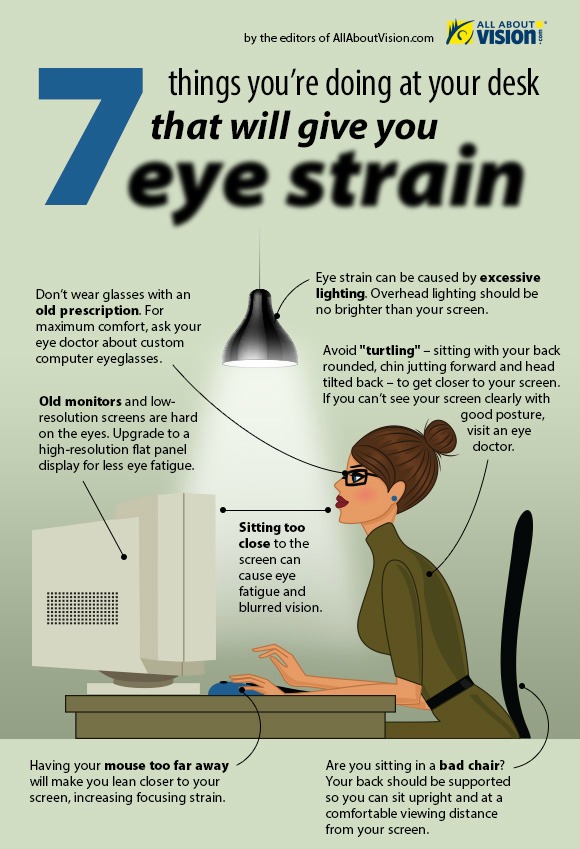



Eye Doctor Levittown Double Vision Princeton Total Eye Care




Exotropia Archives Eyecare Kids




Intermittent Exotropia Management Youtube



Seeos Transitory Consecutive Esotropia After Amitriptyline Treatment For Nocturnal Enuresis Case Report



1
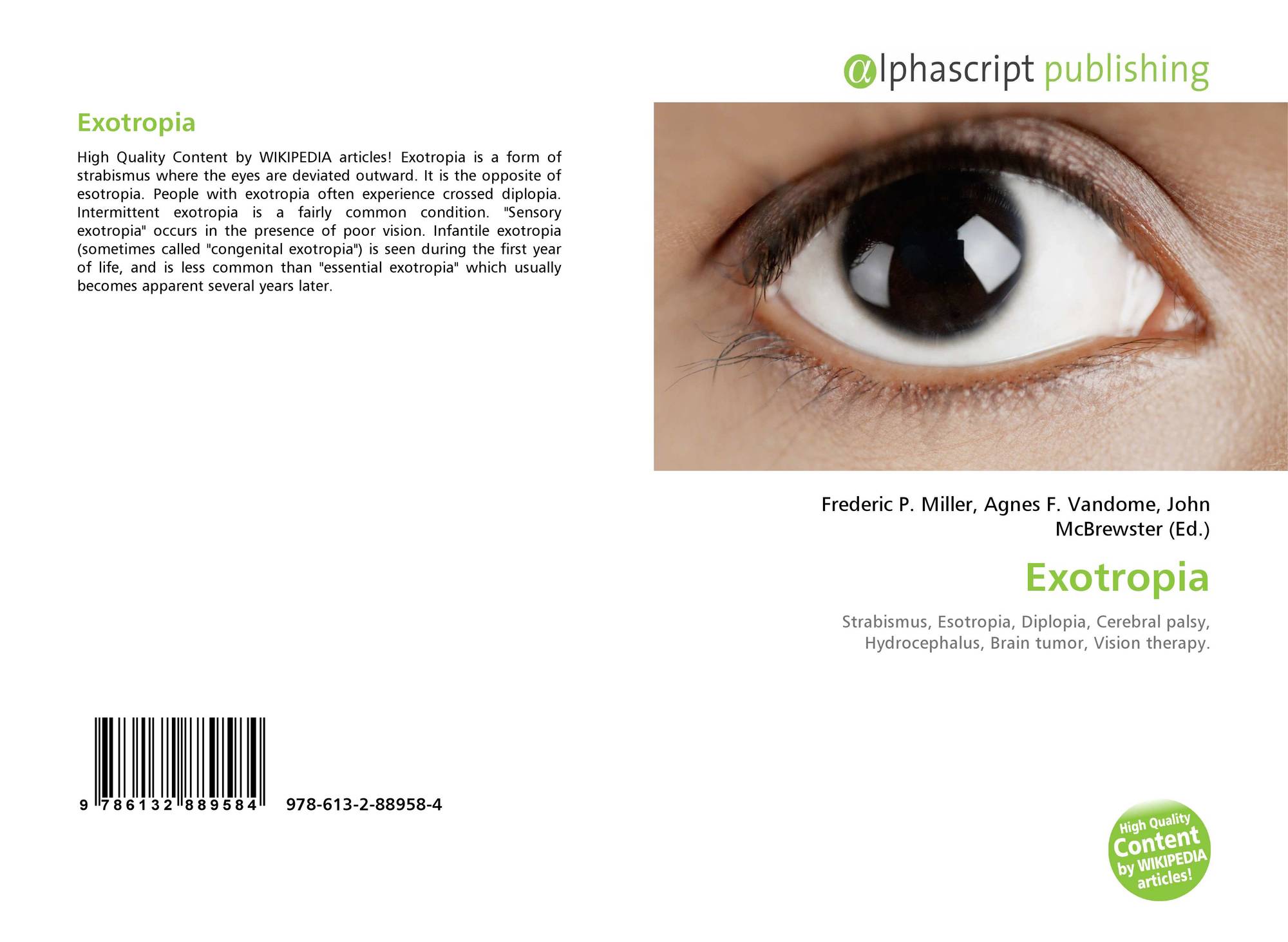



Exotropia 978 613 2 858 4




0 Academia Photos Com Attachment Thumbnails 450




Exotropia In Children And Adults




What Is Strabismus Texas Children S Hospital




How To Fix Exotropia 9 Steps With Pictures Wikihow




Exotropia Eyewiki




Exotropia Types Symptoms Diagnosis Treatment Prevention




Lesson Unraveling Amblyopia Strabismus Phorias And Tropias




Vision Therapy Prosper Family Eyecare And Vision Development Center




Strabismus Treatment Gallaway Beckett Vision Therapy New Jersey Philadelphia




Vision Therapy For Exotropia Lynn Hellerstein




Strabismus Eye Turn Vision Therapy Paducah Kentucky
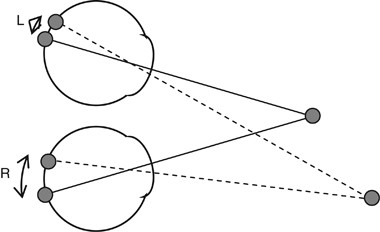



Stereo Vision And Strabismus Eye




Jkms Journal Of Korean Medical Science
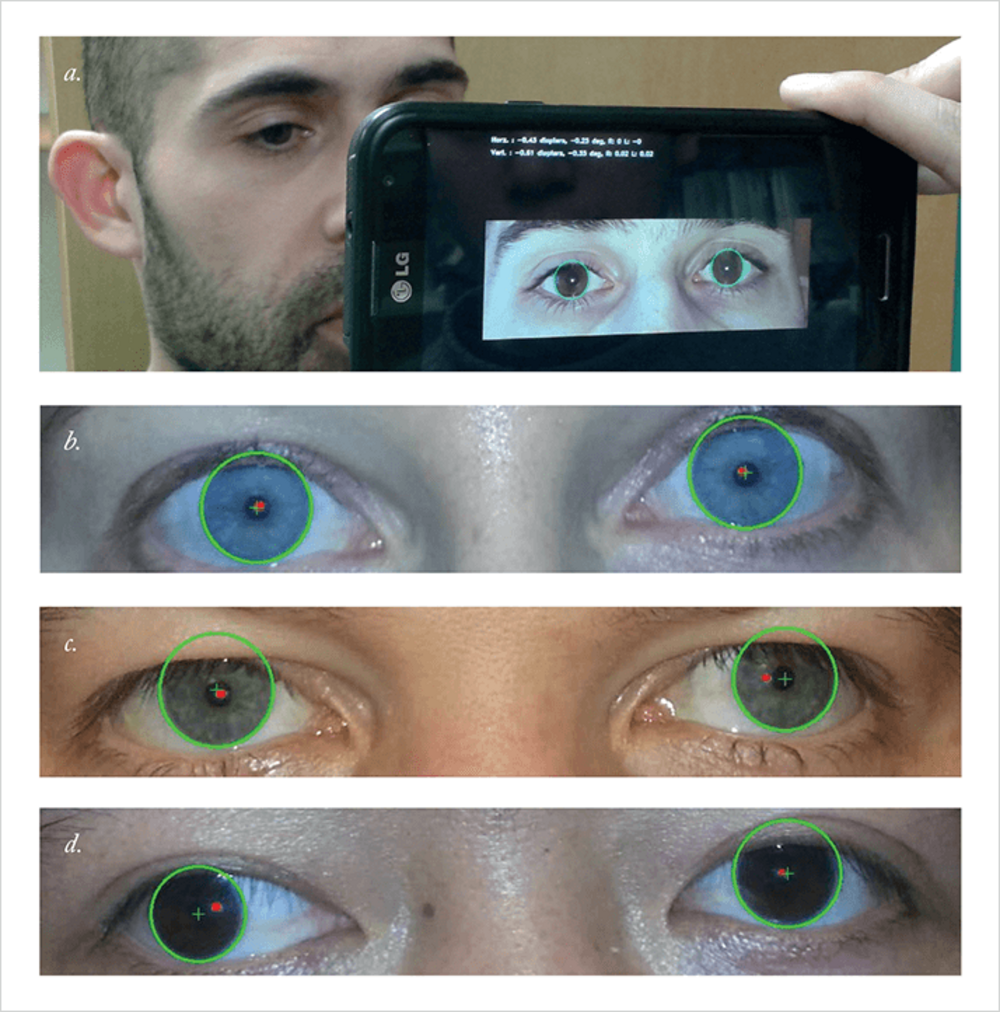



Strabismus Screening Now There S An App For That
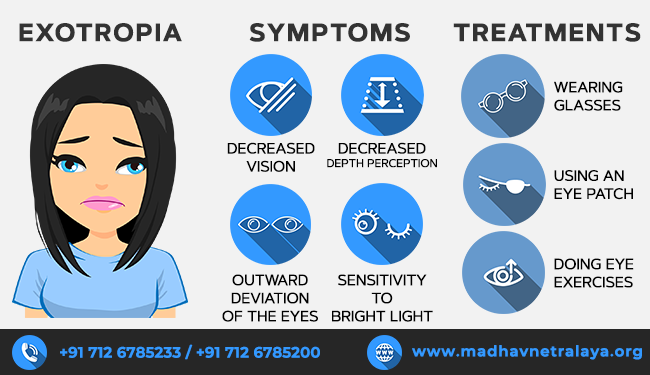



What Is Exotropia




Pre Clinical Optometric Tests A Monocular And Binocular Visual Download Scientific Diagram




What Is Exotropia Vision Express




Strabismus For 5 Th Yr Medical Students Mutaz Gharaibeh Md Ppt Download
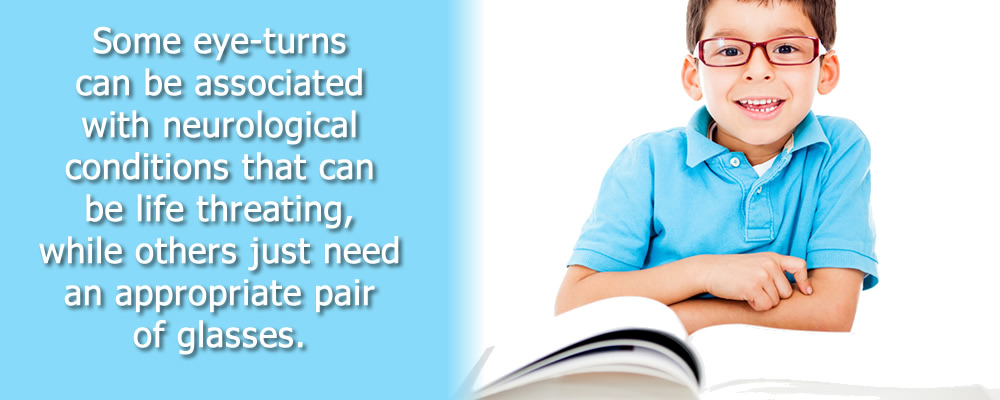



Exotropia Outward Eye Turn




Exotropia Pediatric Ophthalmic Consultants
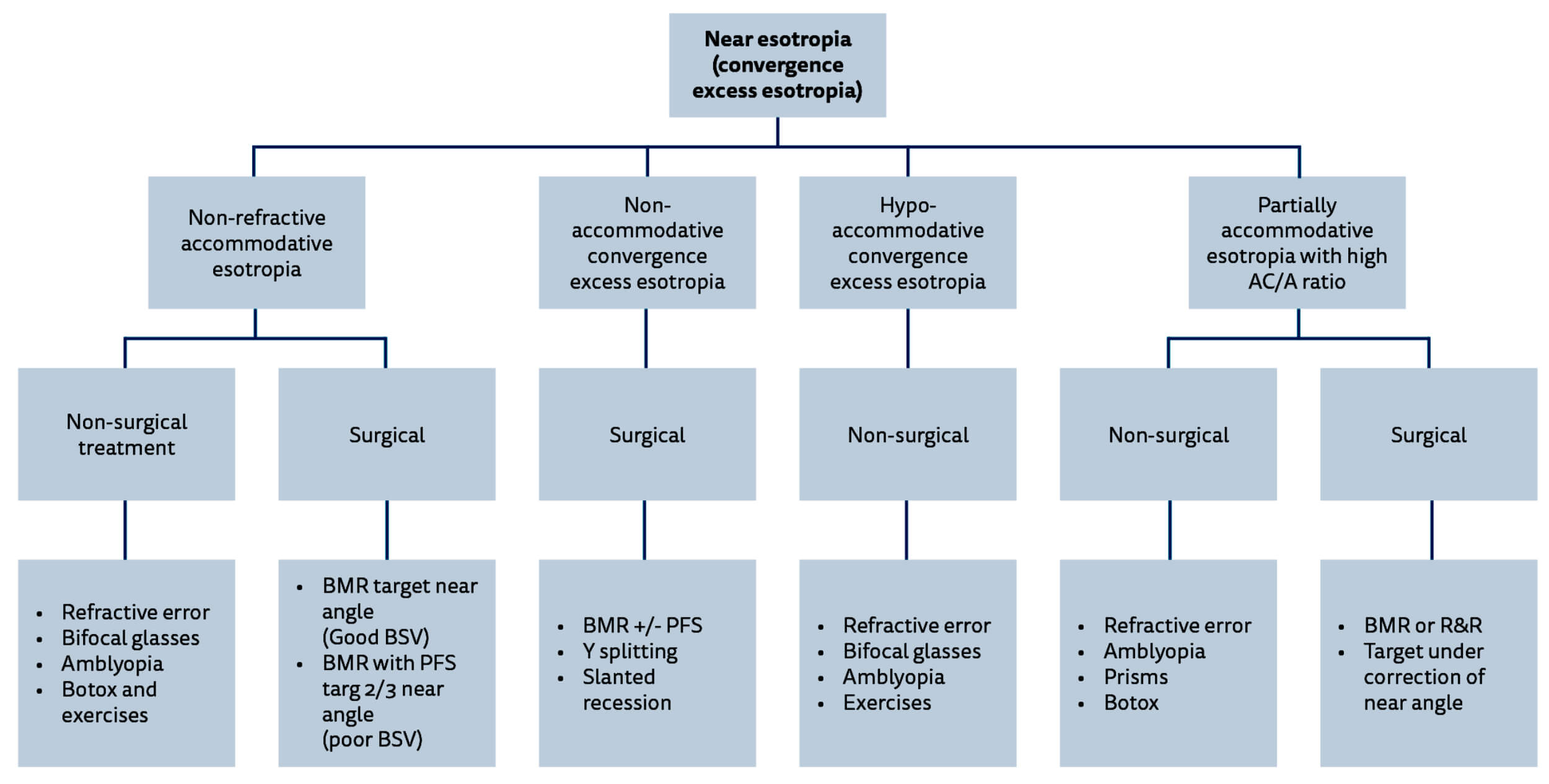



Management Of Squint With Near Distance Angle Disparity Eye News




Grace S Outward Turned Eye Family Eyecare




What Is Exotropia Vision For Life Success Vision Therapy Center



Cdn Ymaws Com




Strabismus
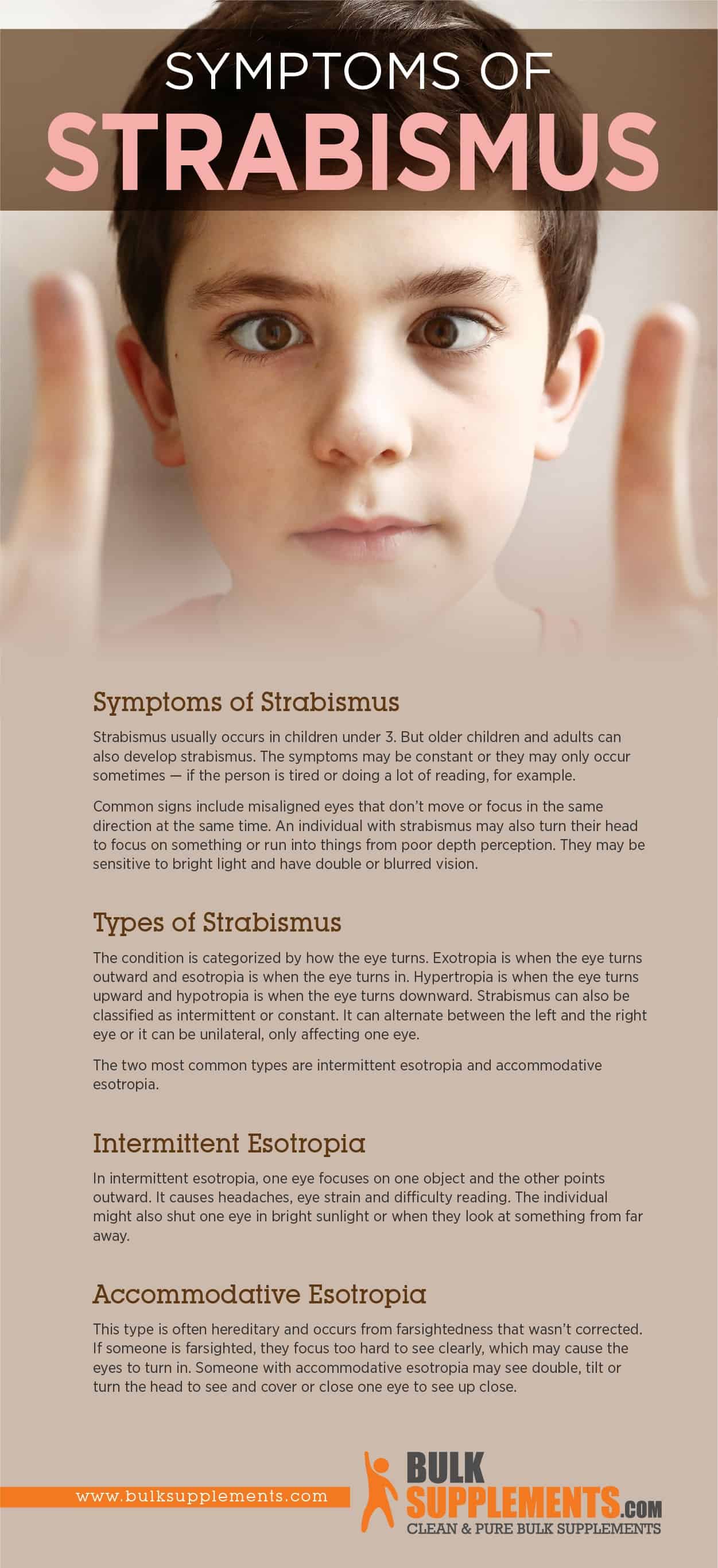



What Is Strabismus Causes Symptoms Treatment
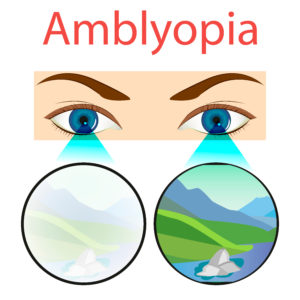



Lazy Eye Medical Terms And Their Common Names
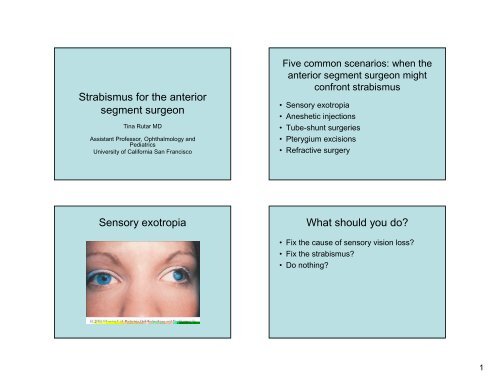



Strabismus For The Anterior Segment Surgeon Sensory Exotropia
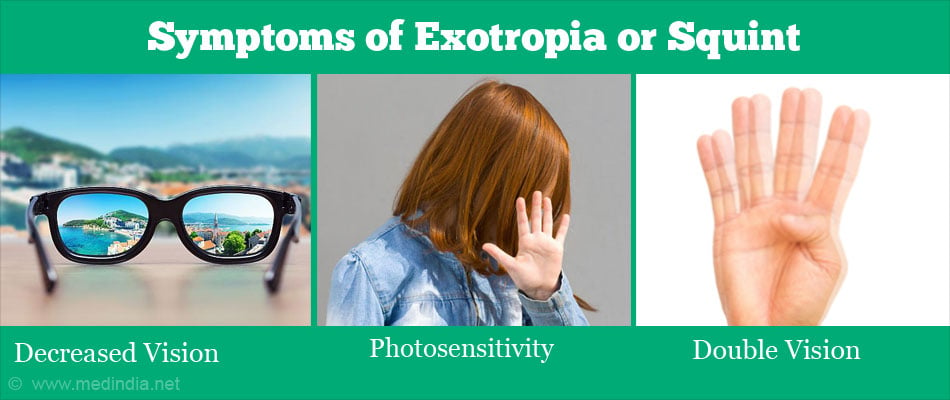



Exotropia Types Symptoms Diagnosis Treatment Prevention




What Is The Critical Finding Here Cataract Coach




Exotropia American Association For Pediatric Ophthalmology And Strabismus



1




12 Intermittent Exotropia Strabismus Ideas Eye Exercises Vision Therapy Eyes




Pdf A Tale Of Intermittent Exotropia And Amblyopia Does Vision Therapy Help
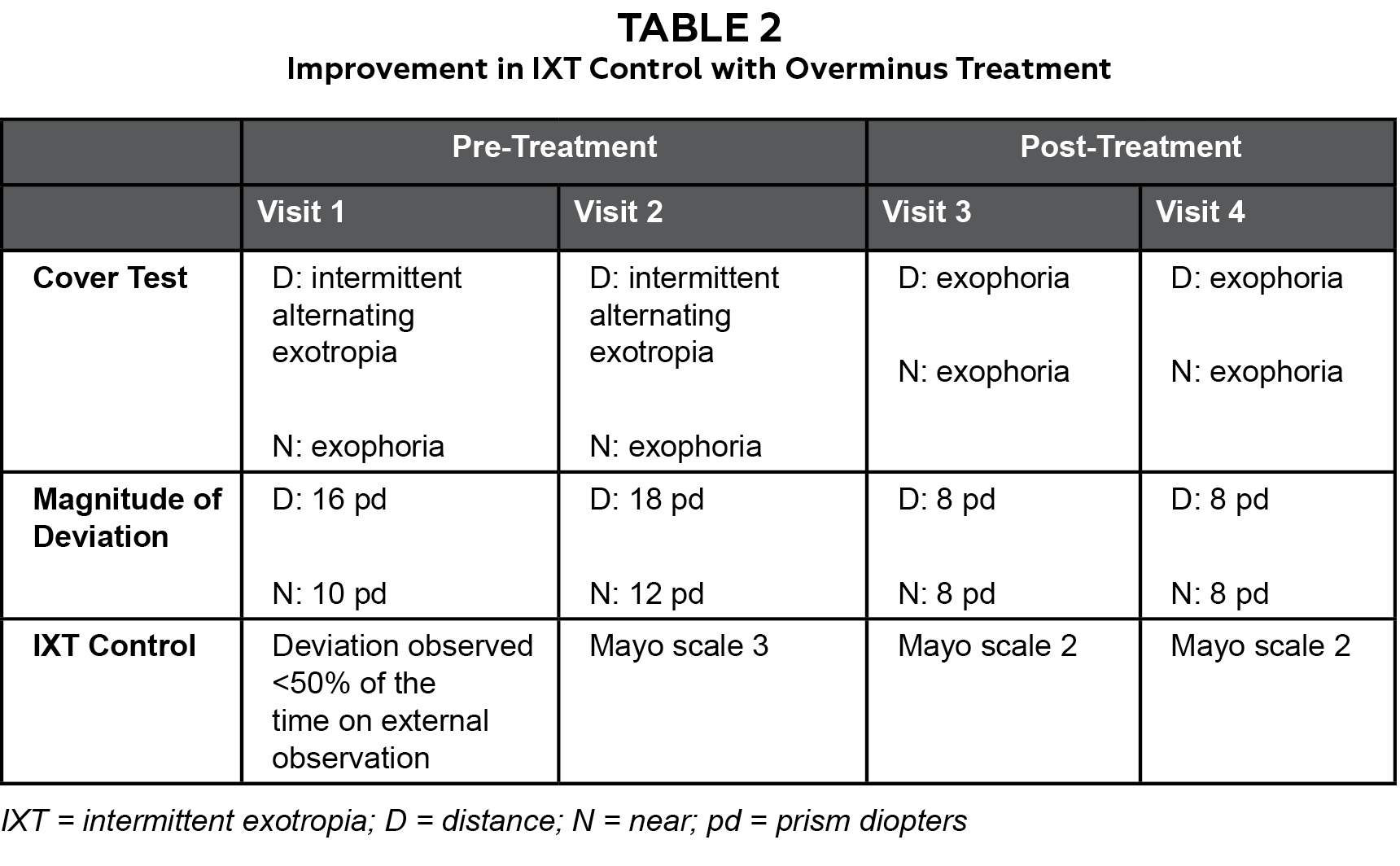



Management Of Intermittent Exotropia Of The Divergence Excess Type A Teaching Case Report The Journal Of Optometric Education



Vision Therapy Northwest Eye Care Professionals
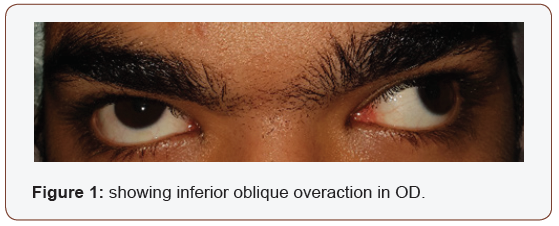



Intermittent Divergent Squint Iris Publishers




Strabismus And Eye Muscle Surgery G Vike Vicente



0 件のコメント:
コメントを投稿